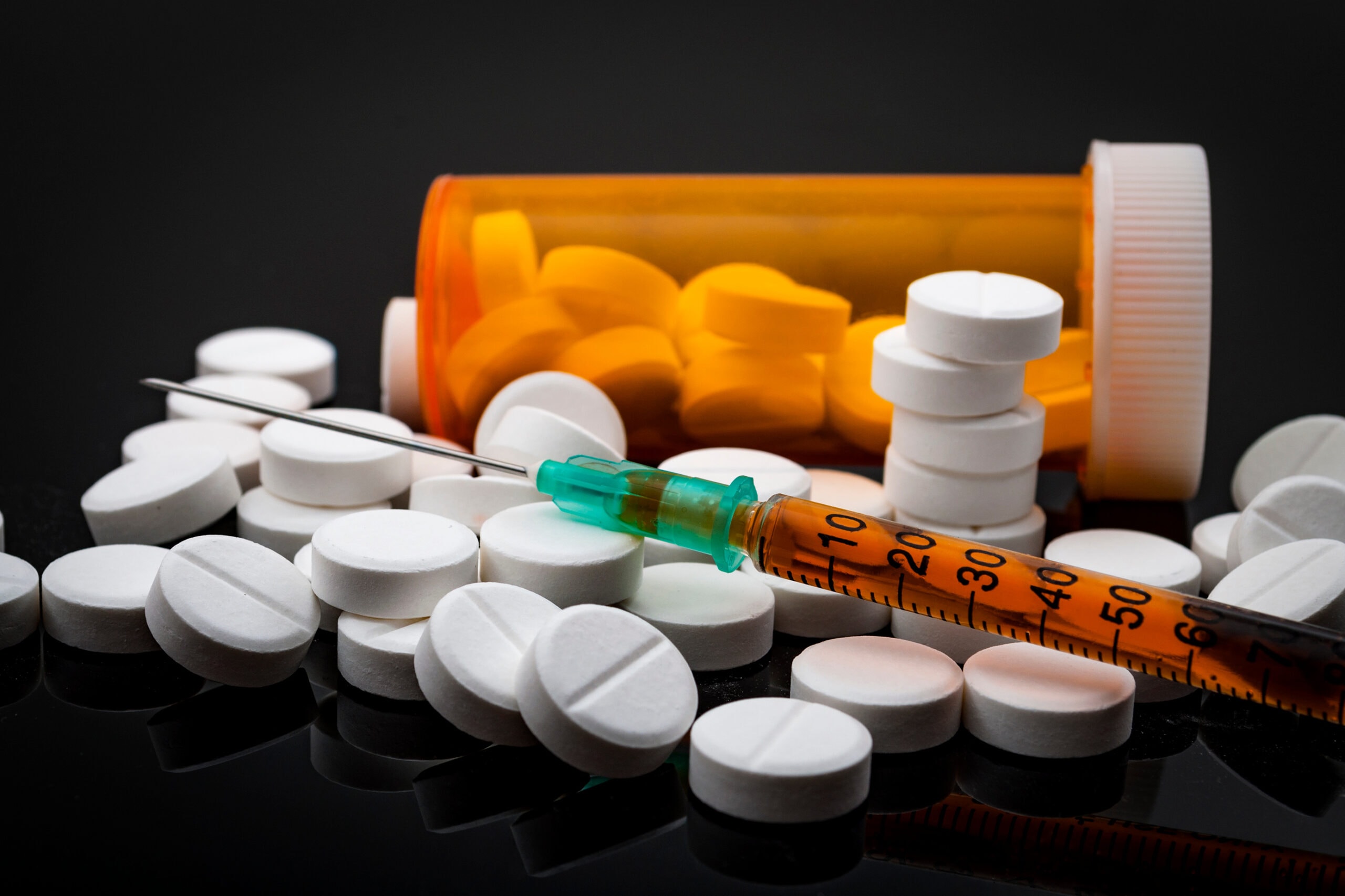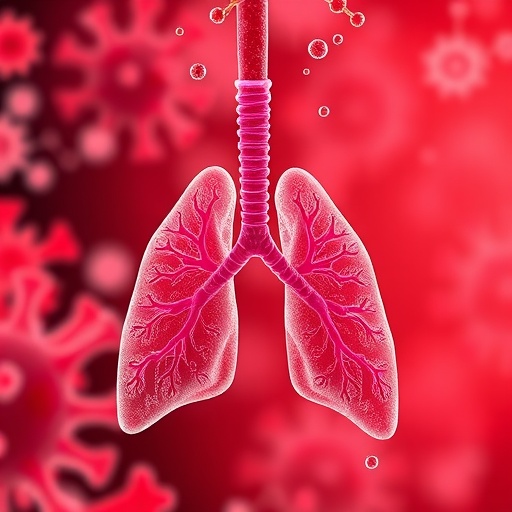Safer Solutions: Medication for Opioid Use Disorder Doesn’t Swap One Drug for Another – R Street Institute

Report on Medications for Opioid Use Disorder (MOUD) and Their Alignment with Sustainable Development Goals
Introduction: A Public Health Approach to Sustainable Development
Opioid Use Disorder (OUD) presents a significant global health challenge, directly impeding progress toward the United Nations Sustainable Development Goals (SDGs). An evidence-based intervention, Medication for Opioid Use Disorder (MOUD), is critical not only for individual recovery but also for advancing key development targets. This report analyzes the role of MOUD, reframing it as an essential tool for achieving good health, economic stability, and reduced inequalities, thereby contributing to a sustainable future for all.
MOUD as a Catalyst for SDG 3: Good Health and Well-being
The primary function of MOUD aligns directly with SDG 3, which aims to ensure healthy lives and promote well-being for all at all ages. The treatment’s efficacy in managing OUD is a cornerstone for achieving specific public health targets.
Core Components and Efficacy of MOUD
MOUD involves the use of FDA-approved medications, primarily buprenorphine and methadone, which are considered the “gold standard” for OUD treatment. While these medications are opioids, they function differently from illicit drugs by binding to opioid receptors in the brain without producing the same intoxicating effects. Their primary mechanisms contribute directly to health and well-being:
- Reduction of Cravings: MOUD stabilizes brain chemistry, mitigating the intense cravings that drive compulsive drug use.
- Prevention of Withdrawal: The medications alleviate painful withdrawal symptoms, a major factor in relapse.
- Blocking Effects of Illicit Opioids: MOUD can block the euphoric effects of other opioids, reducing the incentive for their use.
Direct Contributions to SDG 3 Targets
The implementation of MOUD programs directly supports the achievement of several targets under SDG 3:
- Target 3.4: Reduce premature mortality. MOUD substantially reduces the risk of fatal overdose, a leading cause of premature death in many regions.
- Target 3.5: Strengthen the prevention and treatment of substance abuse. MOUD is a scientifically validated treatment that enables individuals to manage OUD effectively, representing a critical component of a comprehensive substance abuse treatment strategy.
- Target 3.8: Achieve universal health coverage. Ensuring equitable access to MOUD is a fundamental aspect of providing comprehensive and accessible healthcare services for all, particularly for vulnerable populations.
The Socio-Economic Impact of MOUD on Broader SDGs
The benefits of MOUD extend beyond individual health, creating a positive ripple effect that supports broader socio-economic development goals. By enabling individuals to regain stability, MOUD fosters more resilient and productive communities.
Fostering Decent Work and Economic Growth (SDG 8) and Reducing Poverty (SDG 1)
OUD often leads to instability that hinders a person’s ability to maintain employment and meet responsibilities. MOUD reverses this trend by providing the stability necessary for individuals to re-engage with society productively.
- Return to Workforce: Patients stabilized on MOUD are enabled to secure and maintain employment, contributing to economic productivity.
- Family and Community Stability: Recovery allows individuals to resume roles as parents, caregivers, and active community members, strengthening social structures.
- Poverty Alleviation: By facilitating a return to work and stable living, MOUD serves as a pathway out of the poverty cycle often associated with active addiction.
Promoting Equality and Justice (SDG 10 & SDG 16)
OUD disproportionately affects marginalized groups. Providing access to MOUD is a matter of health equity and social justice.
- Reducing Inequalities (SDG 10): Ensuring all individuals with OUD have access to this life-saving treatment, regardless of socio-economic status, helps reduce health disparities.
- Strengthening Institutions (SDG 16): Effective treatment reduces the strain on justice and emergency response systems, contributing to safer and more just societies.
Conclusion: Integrating MOUD into Sustainable Development Frameworks
The argument that MOUD is merely “swapping one drug for another” overlooks the fundamental distinction between managed, therapeutic physical dependence and the destructive patterns of addiction. Like treatments for other chronic conditions such as diabetes or depression, MOUD allows individuals to manage their health and lead full, self-directed lives. Recovery, defined as a process of improving health and wellness to reach one’s full potential, is fully compatible with MOUD. To advance the 2030 Agenda for Sustainable Development, it is imperative that policymakers and health systems recognize MOUD not as a substitute for recovery, but as a vital pathway toward it, thereby unlocking human potential and fostering healthier, more equitable, and prosperous societies.
Analysis of the Article in Relation to Sustainable Development Goals
1. Which SDGs are addressed or connected to the issues highlighted in the article?
The article primarily addresses issues related to health, well-being, and societal stability, which directly connect to the following Sustainable Development Goal:
-
SDG 3: Good Health and Well-being
This is the most relevant SDG. The article focuses entirely on the treatment of Opioid Use Disorder (OUD), a significant public health issue. It discusses the effectiveness of Medications for OUD (MOUD) in reducing overdose deaths, preventing relapse, and helping individuals improve their health and wellness. The core argument is that MOUD is a critical medical intervention for a serious health condition, aiming to “enable them to work, take care of their families, and live healthy, stable lives.”
2. What specific targets under those SDGs can be identified based on the article’s content?
Based on the focus on health and substance use treatment, the following specific targets under SDG 3 can be identified:
-
Target 3.5: Strengthen the prevention and treatment of substance abuse, including narcotic drug abuse and harmful use of alcohol.
The article is a direct discussion of this target. It advocates for MOUD (buprenorphine and methadone) as the “‘gold standard’ OUD treatment.” The entire piece is centered on strengthening the treatment of narcotic drug abuse by promoting an effective, evidence-based approach and combating the stigma that acts as a barrier to this treatment.
-
Target 3.4: By 2030, reduce by one third premature mortality from non-communicable diseases through prevention and treatment and promote mental health and well-being.
Substance use disorders are classified as mental health conditions, which fall under the umbrella of non-communicable diseases. The article explicitly states that MOUD can “substantially reduce the risk of… dying from overdose.” By promoting a treatment that directly prevents overdose fatalities, the article addresses the goal of reducing premature mortality and promoting mental health and well-being for individuals with OUD.
-
Target 3.8: Achieve universal health coverage, including financial risk protection, access to quality essential health-care services and access to safe, effective, quality and affordable essential medicines and vaccines for all.
The article implicitly supports this target by advocating for MOUD, which are FDA-approved, essential medications for treating OUD. By arguing for the legitimacy and effectiveness of MOUD, it makes a case for these treatments to be considered a quality, essential health-care service that should be accessible to all who need it, free from stigma and misunderstanding.
3. Are there any indicators mentioned or implied in the article that can be used to measure progress towards the identified targets?
The article implies several indicators that can be used to measure progress towards the identified targets, even if it does not provide specific data points:
-
Indicators for Target 3.5:
- Coverage of treatment for substance use disorders: The article’s advocacy for MOUD implies that a key measure of success is the number or proportion of individuals with OUD who are receiving this “gold standard” treatment.
- Rates of relapse to illicit drug use: The text mentions that for many people, MOUD “prevent relapse to active drug use.” Therefore, a reduction in relapse rates among the OUD population would be a direct indicator of treatment effectiveness.
-
Indicator for Target 3.4:
- Mortality rate from drug overdose: The article’s most direct and measurable outcome is the reduction in deaths. It highlights that MOUD helps people avoid “dying from overdose.” A decrease in the mortality rate attributed to opioid overdose would be a primary indicator of progress.
-
Indicator for Target 3.8:
- Improved ability to meet major responsibilities: The article defines OUD by its negative impact on “major responsibilities at home, work, or school.” It then states that MOUD allows people to “lead full, productive lives that include careers, child-rearing, family and community commitments.” An indicator of progress would be tracking improvements in employment, housing stability, and family reunification among people in MOUD treatment.
4. Table of SDGs, Targets, and Indicators
| SDGs | Targets | Indicators (Identified in the Article) |
|---|---|---|
| SDG 3: Good Health and Well-being | 3.5: Strengthen the prevention and treatment of substance abuse, including narcotic drug abuse. |
|
| SDG 3: Good Health and Well-being | 3.4: Reduce premature mortality from non-communicable diseases… and promote mental health and well-being. |
|
| SDG 3: Good Health and Well-being | 3.8: Achieve universal health coverage, including access to quality essential health-care services and… essential medicines. |
|
Source: rstreet.org
What is Your Reaction?
 Like
0
Like
0
 Dislike
0
Dislike
0
 Love
0
Love
0
 Funny
0
Funny
0
 Angry
0
Angry
0
 Sad
0
Sad
0
 Wow
0
Wow
0



















































.jpg.webp?itok=0ZsAnae9#)














/countries/sri-lanka/photo-credit---dmc-sri-lanka.tmb-1200v.jpg?sfvrsn=dc298bcc_1#)


:focal(1500,1000)/https://media.globalcitizen.org/a6/9a/a69a4720-d8a1-4715-b596-18738d03c05c/rotary_polio_hero_image.jpg?#)








